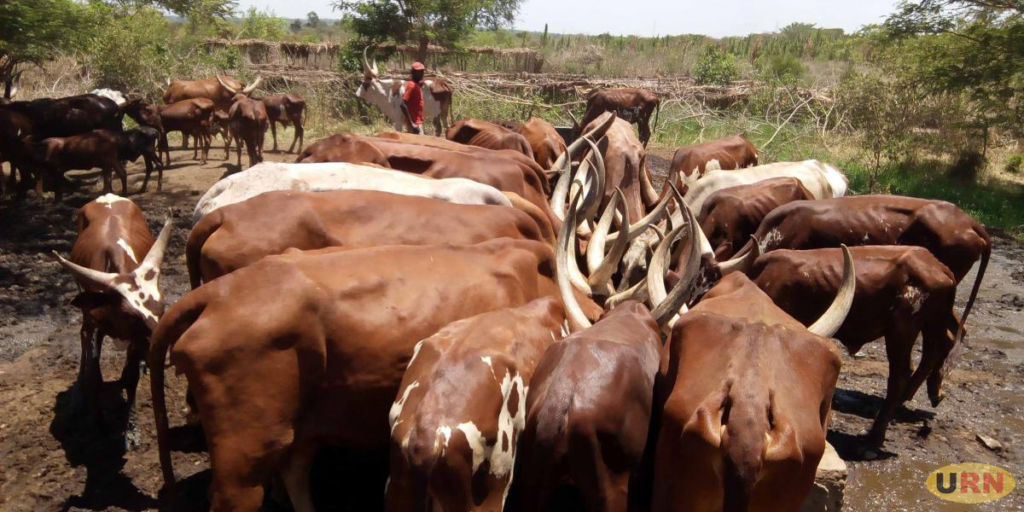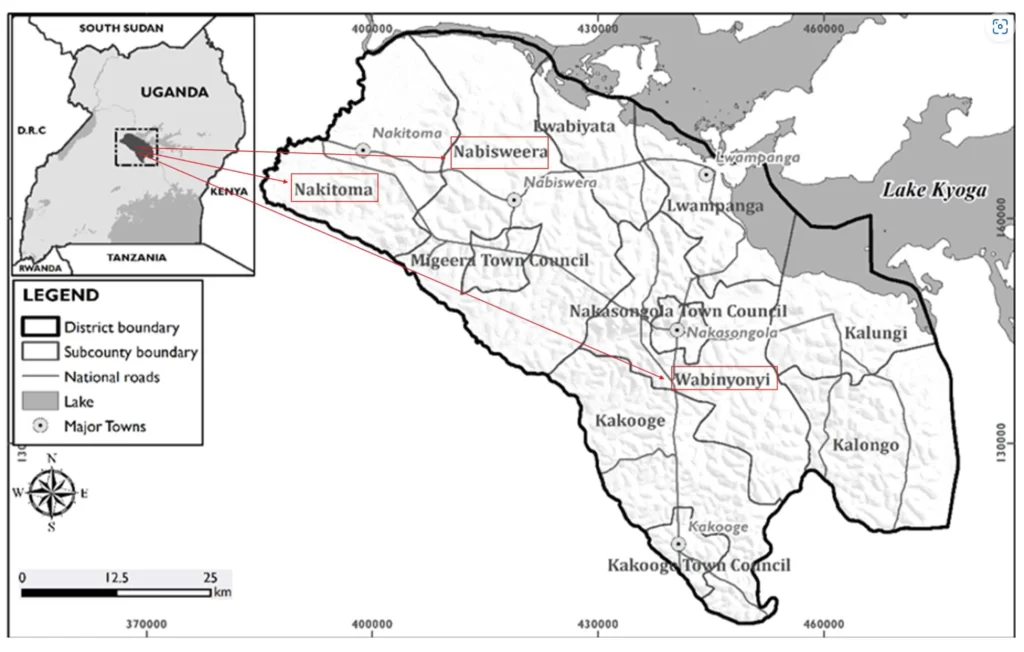Kampala, Uganda: Researchers at Makerere University, the University of Bahr El Ghazal, and the Inland Norway University of Applied Sciences, have uncovered the reasons behind high Brucela rates in the Nakasongola district of Central Uganda.
To curb further spread, they have recommended robust communication strategies to curb the spread of brucellosis (Brucella) in the district and beyond.
“The presence of knowledge gaps concerning brucellosis symptoms, diagnosis, and treatment highlights the necessity for tailored health education programs in these communities. Raising awareness in a manner that translates knowledge into actionable steps is significant,” the researchers state.
In a journal paper titled “Understanding Brucellosis: Knowledge, Perceptions, and Self-Reported Prevalence among Agro-Pastoralists in Nakasongola, Uganda,” researchers led by Christine Tricia Kulabako studied 398 participants and found that 99.2% of pastoralists had heard about brucellosis, and 71.2% were aware of its zoonotic nature.
The others on the team were, Stella Neema, Lesley Rose Ninsiima, Collins GK Atuheire, David Onafruo Kal, Peter Atekyereza, Justine Okello, and Morten Tryland
“There were varied responses regarding transmission routes, symptoms, and preventive measures. Self-reported prevalence was relatively high (55.5%),” they observed.

Further, they noted that after adjusted analysis, factors such as sub-county, source of income, knowledge of brucellosis symptoms, whether the disease is treatable, perception, and proximity to animals were statistically significant.
“Participants from Wabinyonyi had 2.7 times higher odds of reporting brucellosis than those from Nabiswera,” the researchers wrote in the article published in BMC Infectious Diseases.
They also reported that participants engaged in crop farming and livestock had higher odds of reporting brucellosis than those earning from casual labor.
There was an issue regarding how the disease was reported to health authorities. “Those with knowledge of symptoms had 6.9 times higher odds of reporting brucellosis than those who only mentioned fever.”
Living near animals and handling aborted fetuses were found to have significantly lower odds for self-reported prevalence compared to those who believed these did not cause brucellosis. Risk factors included handling aborted fetuses and living close to animals.
“While awareness of brucellosis is high in the community, understanding of transmission routes, clinical symptoms, and preventive measures varied,” they observed.
The researchers recommend community-based interventions and risk communication strategies to better control brucellosis transmission in the region.
Background on Brucellosis
Brucellosis is an infectious zoonotic disease that poses serious health threats worldwide, including in Uganda. It is caused by Brucella spp., which is transmitted via skin contact, inhalation, or orally through the consumption of raw milk and dairy products.
How the Study Was Conducted
The study was cleared by the Makerere University Research Ethics Committee, the National Council for Science and Technology and the Chief Administrative Officer Nakasongola District.
It was conducted between December 2023 and February 2024 in three sub-counties of Nabiswera, Nakitoma, and Wabinyonyi because of the high cattle number and high seroprevalence against brucellosis, ranging from 4.5 to 19.5% in cattle, rendering the communities susceptible to the disease

The study employed a cross-sectional survey design and a semi-structured questionnaire was administered to 398 participants selected through convenience sampling.
The survey gathered data on socio-demographic characteristics, knowledge of brucellosis transmission, symptoms, preventive measures, and self-reported prevalence. Qualitative data was collected through six focus group discussions, which ranked transmission factors based on perceived risk or impact.
Authors and Affiliations
1. College of Humanities and Social Sciences, Makerere University, Kampala, Uganda
Christine Tricia Kulabako, Stella Neema & Peter Atekyereza
2. College of Veterinary medicine, animal resources & Biosecurity, Makerere University, Kampala, Uganda
Lesley Rose Ninsiima, Collins GK Atuheire, David Onafruo Kal & Justine Okello
3. Department of Forestry, Inland Norway University of Applied Sciences (INN), Koppang, Norway
Morten Tryland
4. Department of Clinical Studies, College of Veterinary Science, University of Bahr El Ghazal, Wau, South Sudan
David Onafruo Kal
For more on this story, follow this LINK.
About The Author
Arinaitwe Rugyendo
Rugyendo is the Founder and Editor-in-Chief of ResearchFinds News. He’s an accomplished journalist with a rich background in the media industry in Uganda. With over two decades of experience, Rugyendo has held various roles including cab reporter, Bureau Chief, Managing Editor, and Digital Media Editor at renowned publications such as Daily Monitor and Red Pepper. Throughout his career, he has demonstrated a commitment to delivering high-quality journalism and staying at the forefront of media trends. In addition to his journalistic pursuits, Rugyendo is currently pursuing a Ph.D. in Journalism and Communication at Makerere University. He has been recognized for his outstanding leadership and commitment to social change as a Desmond Tutu Fellow and Crans Montana New Leader. Rugyendo also serves as the Chairman of Young Engineers Uganda and Uganda Premier League, showcasing his dedication to promoting excellence and growth in various fields. With a passion for driving innovation and pushing boundaries in media, Rugyendo continues to make significant contributions to the industry. His vast experience, academic pursuits, and leadership roles make him a respected figure in the Ugandan media landscape.














